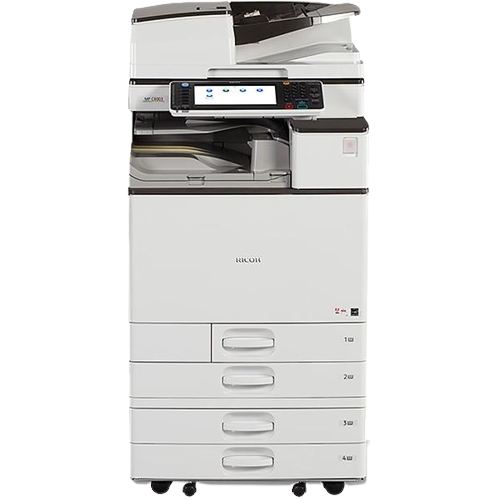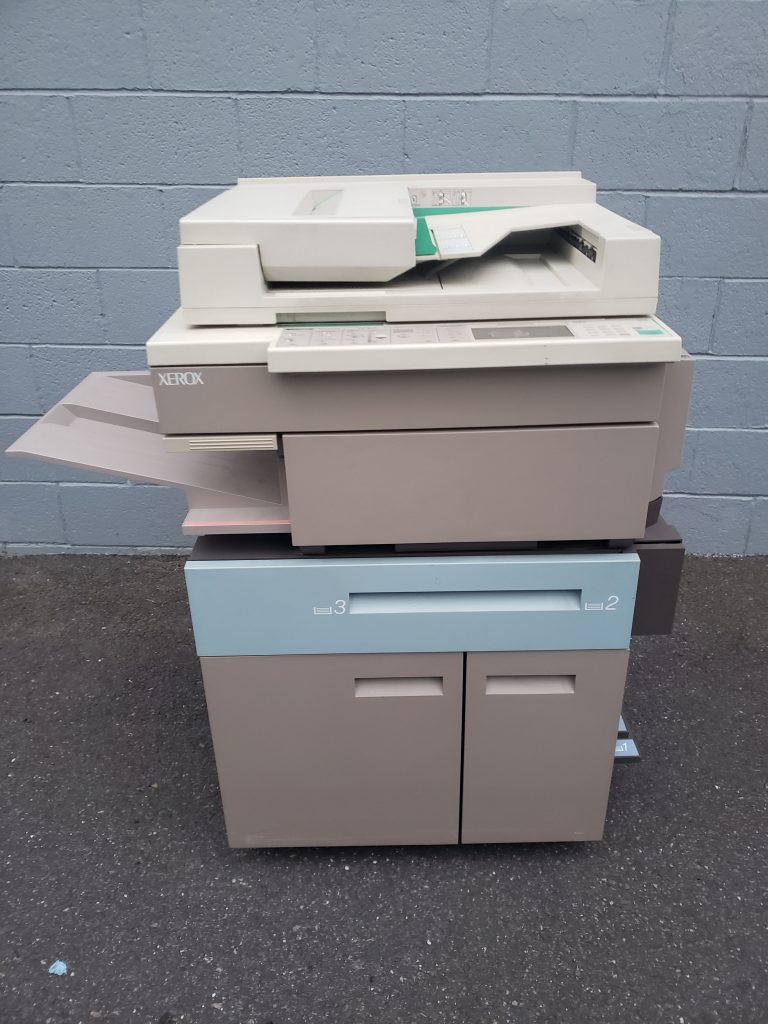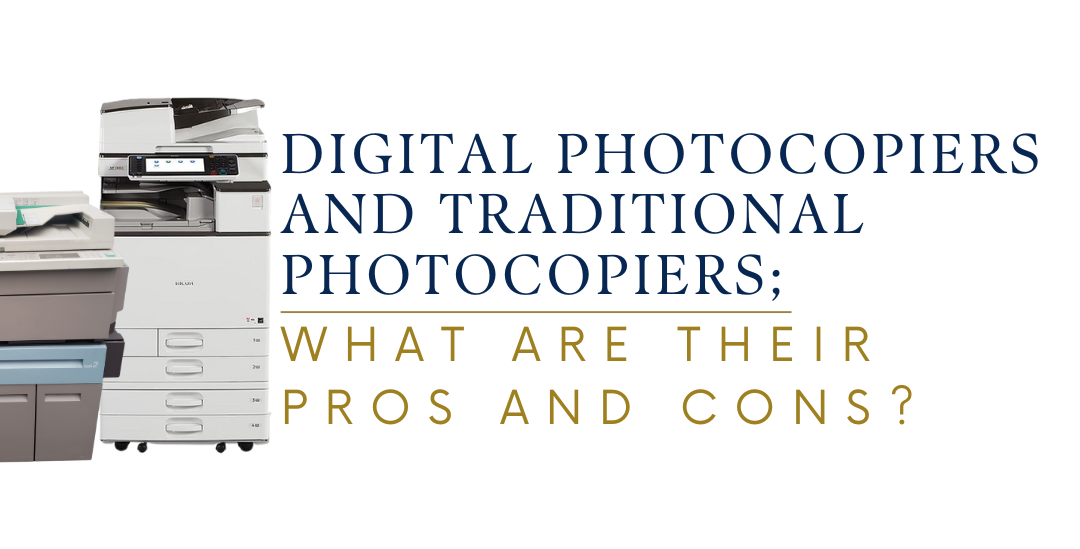Digital photocopiers and traditional photocopiers are both common types of copiers used in offices and homes. Photocopiers are a common tool used to create duplicate copies of documents. However, there are two main types of photocopiers that operate differently: digital and traditional. Below are the pros and cons of each type.
Digital Photocopier Machine

A digital photocopier is a state-of-the-art office tool that employs digital technology to generate copies of documents and images. By scanning the initial document, the photocopier transforms the document into digital data, which can then be manipulated and used to create high-quality copies.
Pros of Digital Photocopier
- High-Quality Output: Digital photocopiers produce high-quality copies with sharp text and clear images.
- Multiple Functions: These devices often come with additional features such as printing, scanning, and faxing, making them multifunctional.
- Cost-Efficiency: Digital photocopiers can save costs in the long run by offering options like duplex printing, which reduces paper usage.
- Customization: Digital copiers allow for copy settings customization, including paper size, color options, and image adjustments.
- Document Management: Digital photocopiers often have document management features, which allow users to store, organize, and retrieve digital copies of documents.
- Network Connectivity: Digital copiers can be connected to a network, allowing multiple users to access the device and print or copy documents remotely.
Cons:
- Initial Cost: Digital photocopiers tend to have a higher initial cost compared to traditional copiers, especially if they come with advanced features.
- Maintenance Complexity: Digital copiers have complex internal components, which can make maintenance and repairs more complicated and expensive.
Traditional (Analog) Photocopier Machine

Traditional photocopiers, on the other hand, are simple to use and generally more affordable than their digital counterparts. They are also reliable and can handle larger volumes of printing and copying. However, traditional photocopiers can be slower and may not produce prints of the same quality as digital photocopiers.
Pros of Traditional (Analog) Photocopiers
- Lower Initial Cost: analog photocopiers are budget-friendly for small businesses.
- Durability: analog photocopiers can withstand heavy use over an extended period.
- Easy Maintenance: maintenance and repairs are easier and less expensive.
- Simplicity: traditional photocopiers are user-friendly, especially for basic copying needs.
Cons:
- Limited Features: traditional photocopiers lack advanced features like document editing, network connectivity, and multifunctionality.
- Lower Quality: analog copies may not be as sharp or clear as digital copies.
- Wastefulness: analog photocopiers use more paper and toner, leading to higher operational costs and environmental impact.
- Lack of Document Management: analog copiers do not offer document management capabilities, making it challenging to organize and retrieve copies efficiently.
To sum up, the decision to choose between traditional and digital photocopiers relies on the particular requirements of the user or organization. Digital copiers are equipped with advanced features and produce high-quality output, but they come with a higher initial cost. In contrast, traditional copiers are simpler, more affordable upfront, but do not have the advanced functionalities of their digital counterparts.

